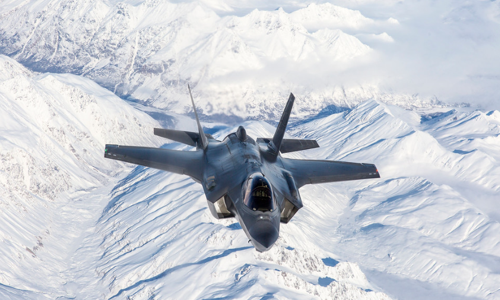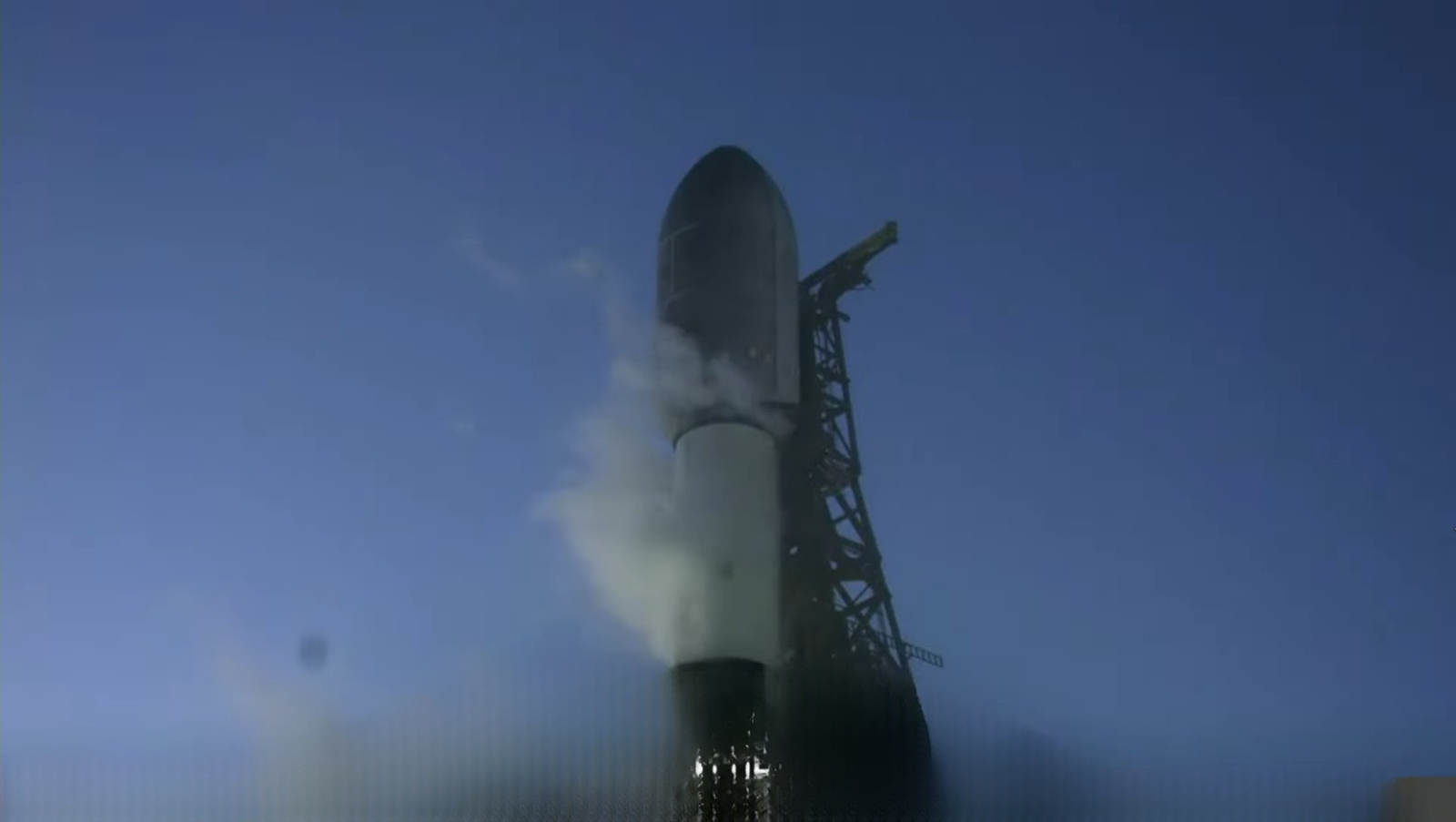
F-35A Lightning II:
The United States has reached a historic milestone in military aviation with the certification of its F-35A Lightning II stealth fighters to carry B61-12 nuclear gravity bombs. This significant achievement, announced by Russ Goemaere, a spokesperson for the F-35 Joint Program Office, marks the first time a Western multirole stealth fighter has been equipped with such nuclear capabilities.
The certification, attained on October 12, 2023, ahead of schedule, signifies the F-35A’s designation as a “dual-capable” platform, capable of operating in both conventional and nuclear warfare scenarios. This development positions the F-35A as the first fifth-generation aircraft to be approved for nuclear weapon carriage, showcasing its versatility in modern combat scenarios.
Unlike its predecessor, the F-22 Raptor, which focused primarily on air-to-air combat, the F-35A was designed with tactical nuclear strike capabilities from the outset. Its integration of advanced technologies allows for precise delivery of nuclear strikes, a capability critical in today’s dynamic security landscape.
The B61-12 bomb, the latest iteration in the B61 family, plays a pivotal role in this advancement. With variable blast yields ranging from 0.3 kilotons to 50 kilotons, depending on mission requirements, the B61-12 offers unparalleled versatility in destructive power. Equipped with advanced guidance systems, including maneuvering tail fins and GPS-aided Inertial Navigation System (INS), the B61-12 transforms into a highly precise glide bomb capable of striking targets with unprecedented accuracy, even at distances of up to 15 miles when launched from maximum altitude.
The integration of the B61-12 with the F-35A represents a lethal combination, significantly enhancing the aircraft’s combat capabilities. Its stealth features enable it to penetrate hostile airspace with reduced risk of detection, while its agility and maneuverability allow for precise targeting of hardened underground facilities—a task previously challenging for conventional bomber aircraft.
Furthermore, the F-35A’s certification for nuclear weapon carriage extends beyond the U.S. Air Force, with plans to equip certain European countries’ F-35s with similar capabilities. This initiative reinforces America’s extended deterrence commitments and strengthens NATO’s strategic posture in the face of evolving security threats.
However, the deployment of nuclear weapons on F-35s also raises concerns and apprehensions among potential adversaries. The combination of stealth capabilities and nuclear strike capabilities amplifies the aircraft’s threat potential, necessitating careful consideration of its implications in international security dynamics.
As the F-35A Lightning II continues to evolve and address operational challenges, its integration of nuclear capabilities reshapes the landscape of modern warfare. With its unparalleled combination of stealth, precision, and lethality, the F-35A stands at the forefront of military aviation, poised to meet the challenges of the 21st century security environment head-on.





